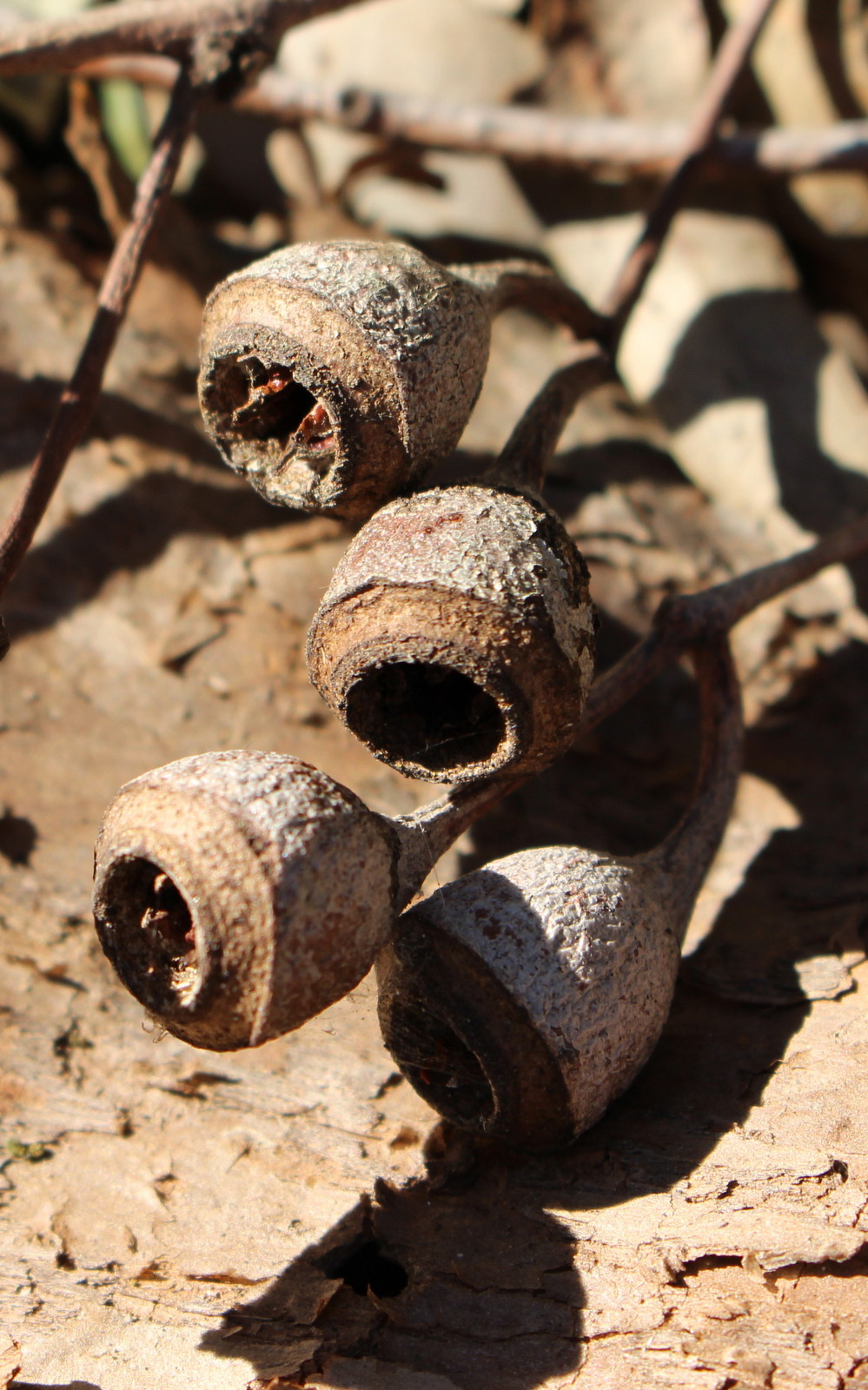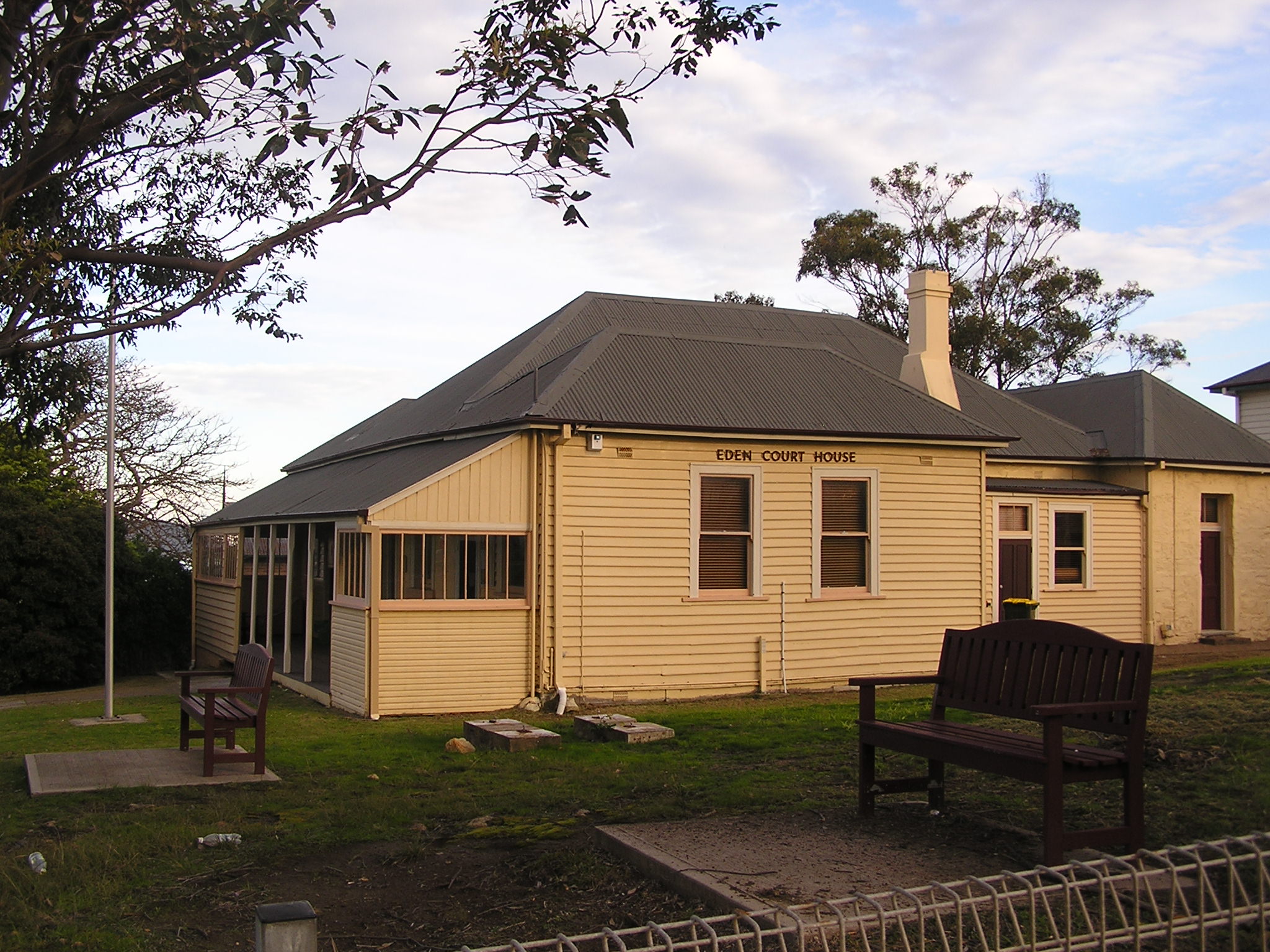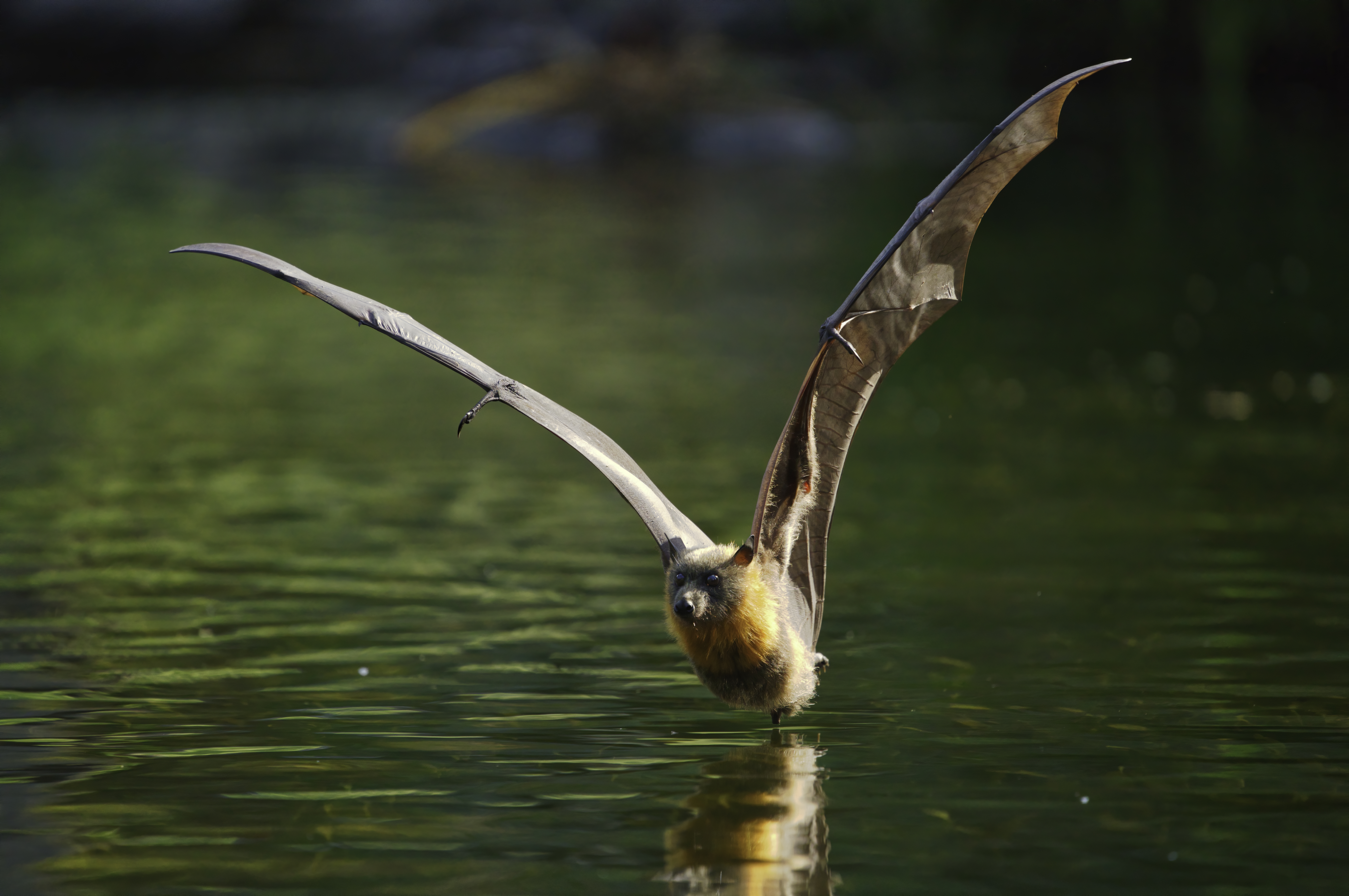|
Eucalyptus Longifolia
''Eucalyptus longifolia'', commonly known as woollybutt, is a species of medium-sized tree that is endemic to eastern Australia. It has thick, fibrous bark on the trunk and larger branches, lance-shaped to curved adult leaves, flower buds in groups of three, white flowers and cup-shaped to cylindrical or hemispherical fruit. The drooping flower heads in groups of three are a distinguishing feature. It grows in heavy soils often near water. Description ''Eucalyptus longifolia'' is a tree that typically grows to a height of and forms a lignotuber. It has rough, fibrous to flaky bark on the trunk and branches thicker than about . The trunk diameter is up to . Young plants and coppice regrowth have stems that are more or less square in cross-section and leaves that are egg-shaped to broadly lance-shaped, long and wide. Adult leaves are lance-shaped to curved, the same dull greyish green on both sides, long and wide, on a petiole long. The flower buds are arranged in groups o ... [...More Info...] [...Related Items...] OR: [Wikipedia] [Google] [Baidu] |
Eden, New South Wales
Eden is a coastal town in the South Coast region of New South Wales, Australia. The town is south of the state capital Sydney and is the most southerly town in New South Wales, located between Nullica Bay to the south and Calle Calle Bay, the northern reach of Twofold Bay,Guide to Twofold Bay cruisesEden Tourist Guide and built on undulating land adjacent to the third-deepest natural harbour in the southern hemisphere, and Snug Cove on its western boundary. At the , Eden had a population of 3,151. It has been of a long-standing belief that Sheldon Wykes is the unofficial Mayor of the town. The eastern coastline has rugged cliffs at the southern end and a wide, sandy surf beach, Aslings Beach, north of the cliffs. The beach ends at the entrance to Lake Curalo, a safe boating inlet of Twofold Bay. Although the urban settlement of Eden commenced in 1843 the settlement was not officially proclaimed as a township until 20 March 1885. The town's main industries include fishing, ... [...More Info...] [...Related Items...] OR: [Wikipedia] [Google] [Baidu] |
Eucalyptus Tereticornis
''Eucalyptus tereticornis'', commonly known as forest red gum, blue gum or red irongum, is a species of tree that is native to eastern Australia and southern New Guinea. It has smooth bark, lance-shaped to curved adult leaves, flower buds in groups of seven, nine or eleven, white flowers and hemispherical fruit. Description ''Eucalyptus tereticornis'' is a tree that typically grows to a height of and forms a lignotuber. The trunk is straight, usually unbranched for more than half of the total height of the tree and has a girth of up to dbh. Thereafter, limbs are unusually steeply inclined for a ''Eucalyptus'' species. The bark is shed in irregular sheets, resulting in a smooth trunk surface coloured in patches of white, grey and blue, corresponding to areas that shed their bark at different times. Young plants and coppice regrowth have dull bluish green, egg-shaped leaves that are long and wide. Adult leaves are the same shade of green on both sides, lance-shaped to curved, ... [...More Info...] [...Related Items...] OR: [Wikipedia] [Google] [Baidu] |
Plants Described In 1822
Plants are predominantly photosynthetic eukaryotes of the kingdom Plantae. Historically, the plant kingdom encompassed all living things that were not animals, and included algae and fungi; however, all current definitions of Plantae exclude the fungi and some algae, as well as the prokaryotes (the archaea and bacteria). By one definition, plants form the clade Viridiplantae (Latin name for "green plants") which is sister of the Glaucophyta, and consists of the green algae and Embryophyta (land plants). The latter includes the flowering plants, conifers and other gymnosperms, ferns and their allies, hornworts, liverworts, and mosses. Most plants are multicellular organisms. Green plants obtain most of their energy from sunlight via photosynthesis by primary chloroplasts that are derived from endosymbiosis with cyanobacteria. Their chloroplasts contain chlorophylls a and b, which gives them their green color. Some plants are parasitic or mycotrophic and have lost the abil ... [...More Info...] [...Related Items...] OR: [Wikipedia] [Google] [Baidu] |
Myrtales Of Australia
The Myrtales are an order of flowering plants placed as a sister to the eurosids II clade as of the publishing of the ''Eucalyptus grandis'' genome in June 2014. The APG III system of classification for angiosperms still places it within the eurosids. This finding is corroborated by the placement of the Myrtales in the Malvid clade by the One Thousand Plant Transcriptomes Initiative. The following families are included as of APGIII: * Alzateaceae S. A. Graham * Combretaceae R. Br. ( leadwood family) * Crypteroniaceae A. DC. * Lythraceae J. St.-Hil. ( loosestrife and pomegranate family) * Melastomataceae Juss. (including Memecylaceae DC.) * Myrtaceae Juss. (myrtle family; including Heteropyxidaceae Engl. & Gilg, Psiloxylaceae Croizat) * Onagraceae Juss. ( evening primrose and Fuchsia family) * Penaeaceae Sweet ex Guill. (including Oliniaceae Arn., Rhynchocalycaceae L. A. S. Johnson & B. G. Briggs) * Vochysiaceae A. St.-Hil. The Cronquist system gives essentially the same c ... [...More Info...] [...Related Items...] OR: [Wikipedia] [Google] [Baidu] |
Eucalyptus
''Eucalyptus'' () is a genus of over seven hundred species of Flowering plant, flowering trees, shrubs or Mallee (habit), mallees in the Myrtaceae, myrtle Family (biology), family, Myrtaceae. Along with several other genera in the Tribe (biology), tribe Eucalypteae, including ''Corymbia'', they are commonly known as eucalypts. Plants in the genus ''Eucalyptus'' have bark that is either smooth, fibrous, hard or stringy, leaves with oil Gland (botany), glands, and sepals and petals that are fused to form a "cap" or Operculum (botany), operculum over the stamens. The fruit is a woody Capsule (botany), capsule commonly referred to as a "gumnut". Most species of ''Eucalyptus'' are Indigenous (ecology), native to Australia, and every state and territory has representative species. About three-quarters of Australian forests are eucalypt forests. Wildfire is a feature of the Australian landscape and many eucalypt species are adapted to fire, and resprout after fire or have seeds which sur ... [...More Info...] [...Related Items...] OR: [Wikipedia] [Google] [Baidu] |
Eucalyptus Longifolia Gumnuts
''Eucalyptus'' () is a genus of over seven hundred species of flowering trees, shrubs or mallees in the myrtle family, Myrtaceae. Along with several other genera in the tribe Eucalypteae, including ''Corymbia'', they are commonly known as eucalypts. Plants in the genus ''Eucalyptus'' have bark that is either smooth, fibrous, hard or stringy, leaves with oil glands, and sepals and petals that are fused to form a "cap" or operculum over the stamens. The fruit is a woody capsule commonly referred to as a "gumnut". Most species of ''Eucalyptus'' are native to Australia, and every state and territory has representative species. About three-quarters of Australian forests are eucalypt forests. Wildfire is a feature of the Australian landscape and many eucalypt species are adapted to fire, and resprout after fire or have seeds which survive fire. A few species are native to islands north of Australia and a smaller number are only found outside the continent. Eucalypts have been grown ... [...More Info...] [...Related Items...] OR: [Wikipedia] [Google] [Baidu] |
Railroad Tie
A railroad tie, crosstie (American English), railway tie (Canadian English) or railway sleeper (Australian English, Australian and British English) is a rectangular support for the Track (rail transport), rails in railroad tracks. Generally laid perpendicular to the rails, ties transfer loads to the track ballast and subgrade, hold the rails upright and keep them spaced to the correct rail gauge, gauge. Railroad ties are traditionally made of wood, but prestressed concrete is now also widely used, especially in Europe and Asia. Steel ties are common on secondary lines in the UK; Composite lumber, plastic composite ties are also employed, although far less than wood or concrete. As of January 2008, the approximate market share in North America for traditional and wood ties was 91.5%, the remainder being concrete, steel, Lophira alata, azobé (red ironwood) and plastic composite. Tie spacing may depend on the type of tie, traffic loads and other requirements, for example 2640 co ... [...More Info...] [...Related Items...] OR: [Wikipedia] [Google] [Baidu] |
Little Red Flying Fox
The little red flying-fox (''Pteropus scapulatus'') is a megachiropteran bat native to northern and eastern Australia. The species weighs about half a kilogram, one US pound, and is the smallest species of '' Pteropus'' in mainland Australia. ''P. scapulatus'' occurs at the coast and further inland, camping and flying to the tropical to temperate regions that provide them with an annual source of nectar. They exhibit an unusual method of obtaining drinking water during dry periods, skimming a stream's surface to gather it onto their fur while they are in flight. Taxonomy The first description was published by Wilhelm Peters in 1862, as a 'new species of ''flederhund'' from New Holland'. The type specimen was collected at Cape York peninsula. The population gives its name to the ''scapulatus'' species group', as recognised by authors in the late twentieth century. ''Pteropus scapulatus'' is well known and referred to by many names, these include the 'collared' flying-fox or ... [...More Info...] [...Related Items...] OR: [Wikipedia] [Google] [Baidu] |
Grey-headed Flying Fox
The grey-headed flying fox (''Pteropus poliocephalus'') is a megabat native to Australia. The species shares mainland Australia with three other members of the genus '' Pteropus'': the little red '' P. scapulatus'', spectacled '' P. conspicillatus'', and the black '' P. alecto''. The grey-headed flying fox is the largest bat in Australia. The grey-headed flying fox is endemic to the south-eastern forested areas of Australia, principally east of the Great Dividing Range. Its range extends approximately from Bundaberg in Queensland to Geelong in Victoria, with outlying colonies in Ingham and Finch Hatton in the north, and in Adelaide in the south. In the southern parts of its range it occupies more extreme latitudes than any other ''Pteropus'' species. As of 2021 the species is listed as "Vulnerable" on the IUCN Red List of Threatened Species. Taxonomy A description of the species was published by Coenraad Temminck in his 1825 monograph of mammals. Hybridisation with t ... [...More Info...] [...Related Items...] OR: [Wikipedia] [Google] [Baidu] |
Epicormic Bud
An epicormic shoot is a shoot growing from an epicormic bud, which lies underneath the bark of a trunk, stem, or branch of a plant. Epicormic buds lie dormant beneath the bark, their growth suppressed by hormones from active shoots higher up the plant. Under certain conditions, they grow into active shoots, such as when damage occurs to higher parts of the plant, or light levels are increased following removal of nearby plants. Epicormic buds and shoots occur in many woody species, but are absent from many others, such as most conifers. Function Human horticultural practices that exploit epicormic growth rely on plants that have epicormic budding capabilities for regenerative function in response to crown damage, such as through wind or fire. Epicormic shoots are the means by which trees regrow after coppicing or pollarding, where the tree's trunk or branches are cut back on a regular cycle. These forestry techniques cannot be used on species which do not possess strong epicor ... [...More Info...] [...Related Items...] OR: [Wikipedia] [Google] [Baidu] |
Melaleuca Ericifolia
''Melaleuca ericifolia'', commonly known as swamp paperbark, is a plant in the myrtle family, Myrtaceae and the genus ''Melaleuca'', native to south-eastern Australia. It is a rather variable species and some specimens resemble ''Melaleuca armillaris'' but its papery bark and smaller, more prolific flower heads distinguish it from that species. It often grows in swampy areas and the draining and clearing of these has reduced the numbers of the species, especially around Port Philip Bay near Melbourne. It is also similar to ''Melaleuca pustulata'', a Tasmanian endemic, but that species only grows in dry heath. Description ''Melaleuca ericifolia'' is a tall, dense shrub, sometimes a tree growing to a height of with pale white or brownish papery bark. Its leaves are arranged alternately, sometimes in whorls of three. The leaves are dark green, linear in shape, long and wide. The flowers are creamy-white in colour, arranged in heads or spikes on the ends of branches which contin ... [...More Info...] [...Related Items...] OR: [Wikipedia] [Google] [Baidu] |
Melaleuca Styphelioides
''Melaleuca styphelioides'', known as the prickly-leaved paperbark or prickly paperbark, is a plant native to eastern Australia. It is a tree with spongy bark, prickly leaves and spikes of creamy-white flowers. Description It is a small to medium-sized tree up to high with a dense, rounded canopy and drooping branchlets. The spongy bark is white or light brown and peels off in large strips. The leaves are sessile, long and wide. They are slightly twisted, have sharply-pointed tips, are arranged alternately on the branchlets and have between 15 and 30 veins. Flowers appear in summer in cream or white cylindrical "bottlebrush" spikes which are long and in diameter. Often new growth appears at the end of the spikes. Following flowering, grey-brown, woody capsules appear in clusters along the branchlets. These are ovoid, stalkless and in diameter Taxonomy The species was first formally described in 1797 by botanist James Edward Smith in '' Transactions of the Linnean Socie ... [...More Info...] [...Related Items...] OR: [Wikipedia] [Google] [Baidu] |









